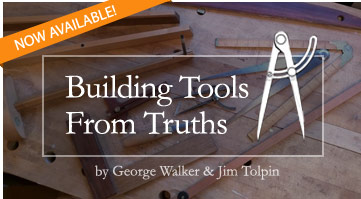Blog > Layout
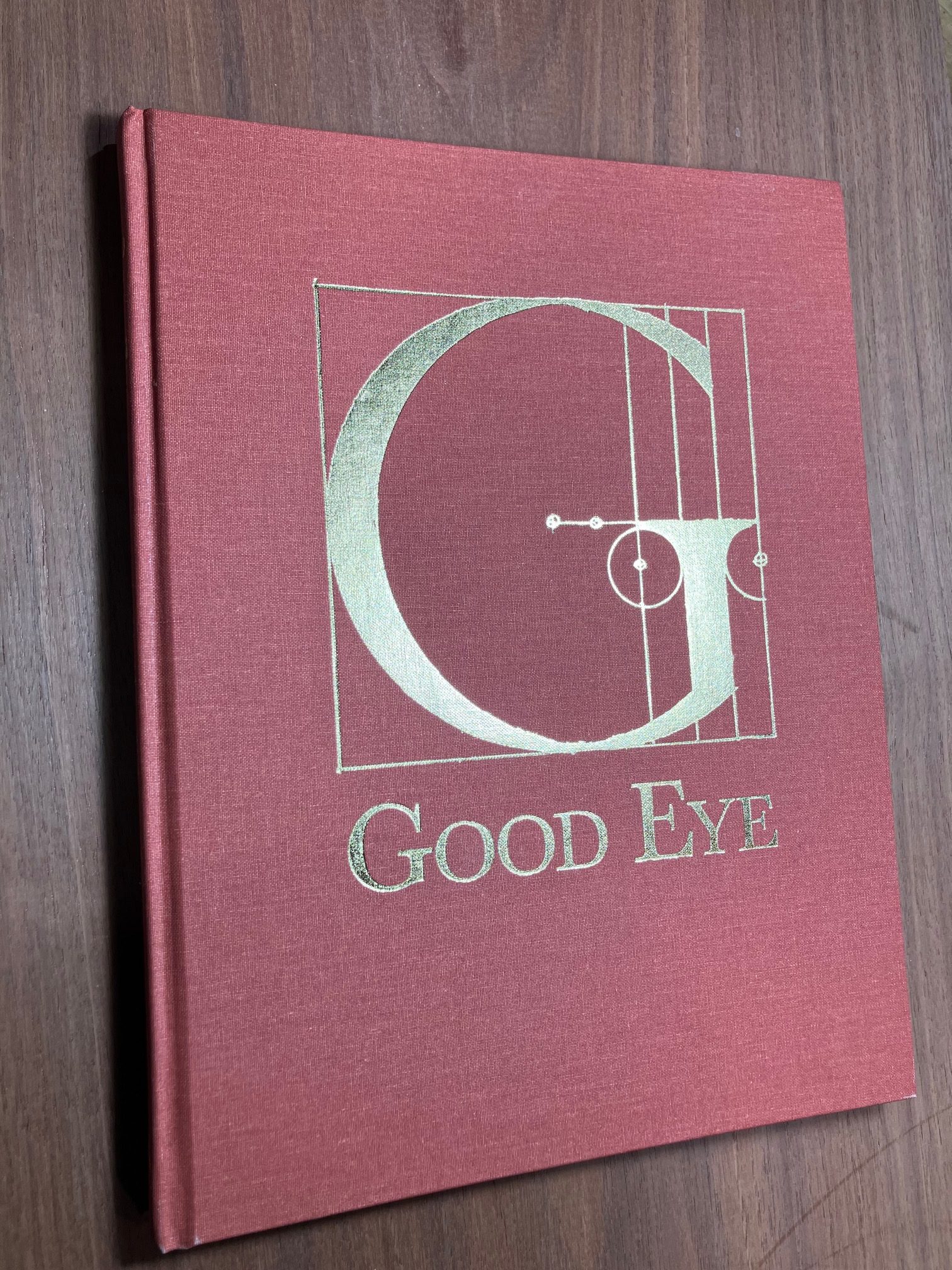
Good Eye by Jim Tolpin & Geo Walker
I once read that a good children’s book can be more difficult to write than a novel. On the surface that seems absurd. Yet, a child’s book must…
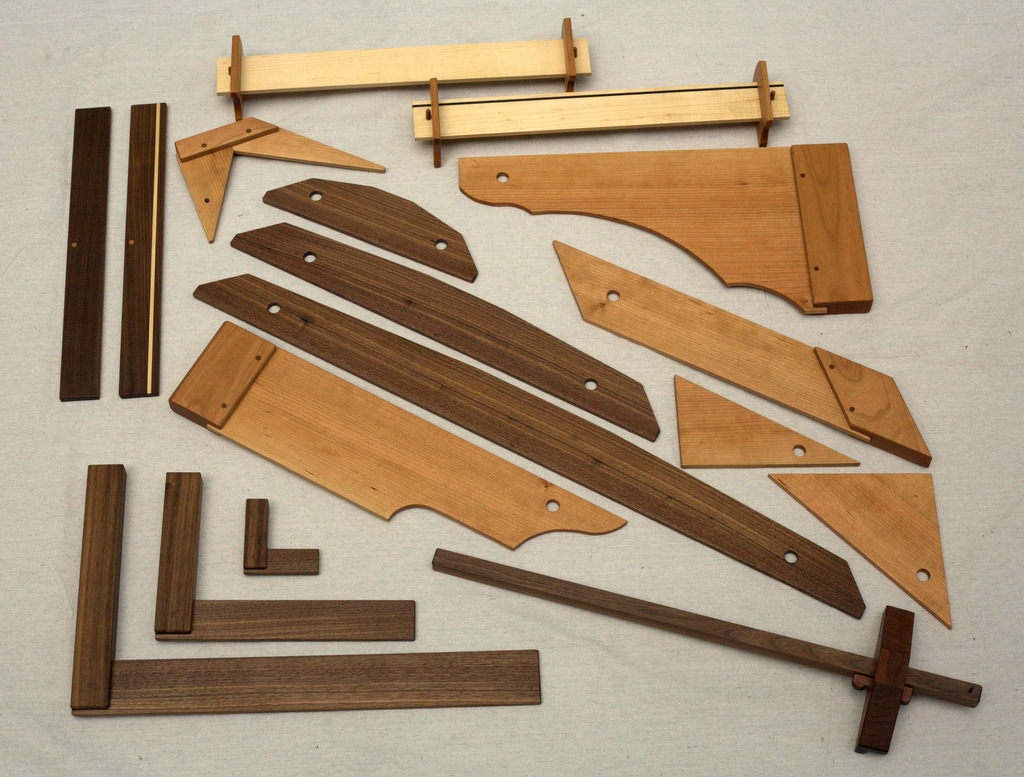
A look through Euclid’s Door
Our book Euclid's Door went off to the printer this week. It's a step by step guide to building a set of layout and design tools that were…
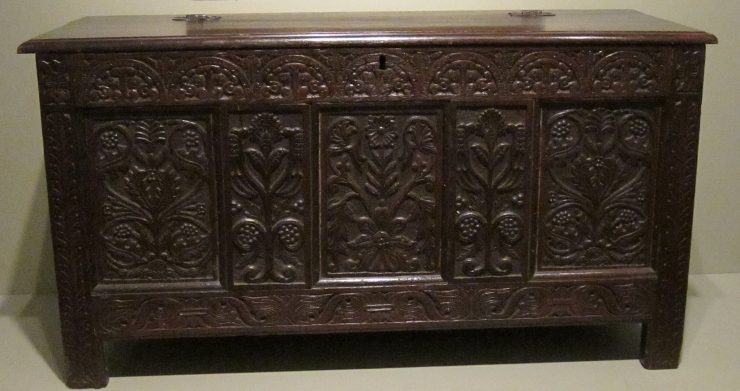
Cracking the Coffer Code
English oak chest; 16th century. Image from Wiki Commons, public domain. For George Walker and me what is truly fascinating about these early chests is that they…
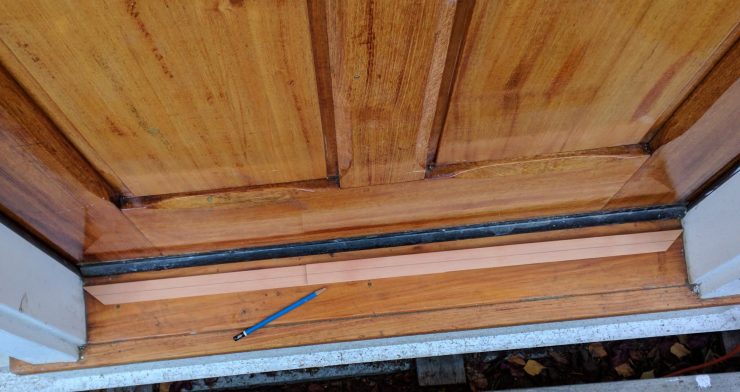
Pinch Sticks Plus
We nearly always use pinch sticks to record and transfer the distance between two points--in this case the span between the jambs of a door frame. It occurred…
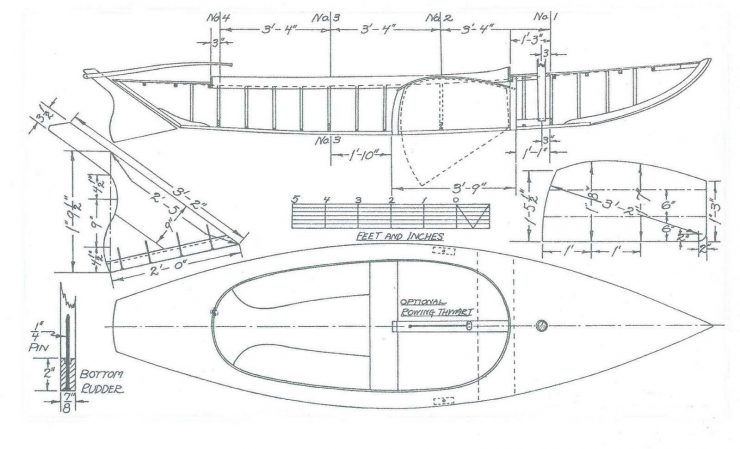
The Graphic Rule
This excerpt from our latest book, “From Truths to Tools” speaks to a rather esoteric, but highly useful, rule for use with scaled drawings: …
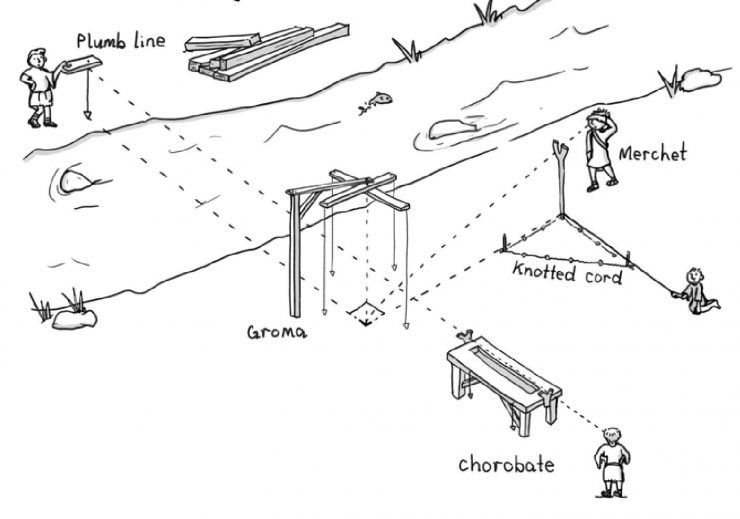
Solving Spans with Sticks, Strings, Sightlines and Stones
In this excerpt from our latest book, “From Truths to Tools”, we show how the carpenter’s of antiquity used the simplest of tools--those mentioned with…

From Truths to Tools
Here we are outside the local print/scan shop where our illustrator, Andrea Love, poses with her art work for the cover of our new book. According to the…
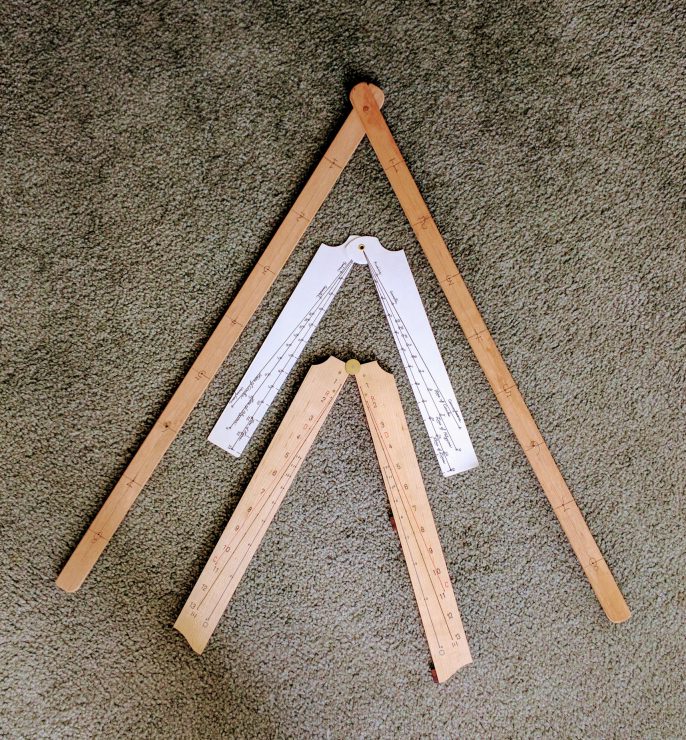
Sector Madness!
From top to bottom: The first sector I made to demonstrate whole-number divisions; my three-scale paper version; a solid wood and brass sector by burn-Heart I first…

Does this Entasis Make Me Look Fat?
Well no, dear, the curvaceous tapering just makes you look muscular. Or maybe it's just an optical illusion. Or maybe the builders knew that the swelling, though slight,…
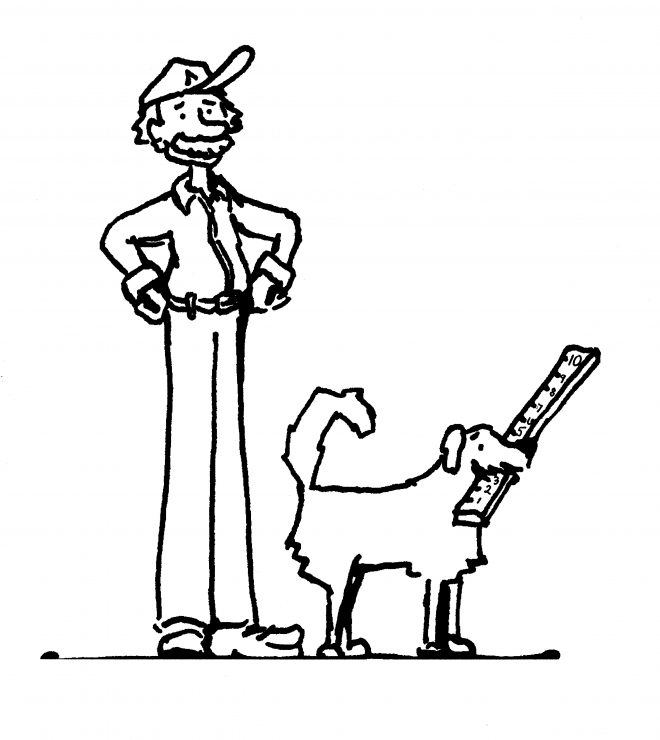
The Degree to Which Your Angle Lies
Here’s an old school carpenter’s (or landscaper’s) method of laying out a line--such as a foundation form or a hedge row--to a specified angle. The tools needed are…


